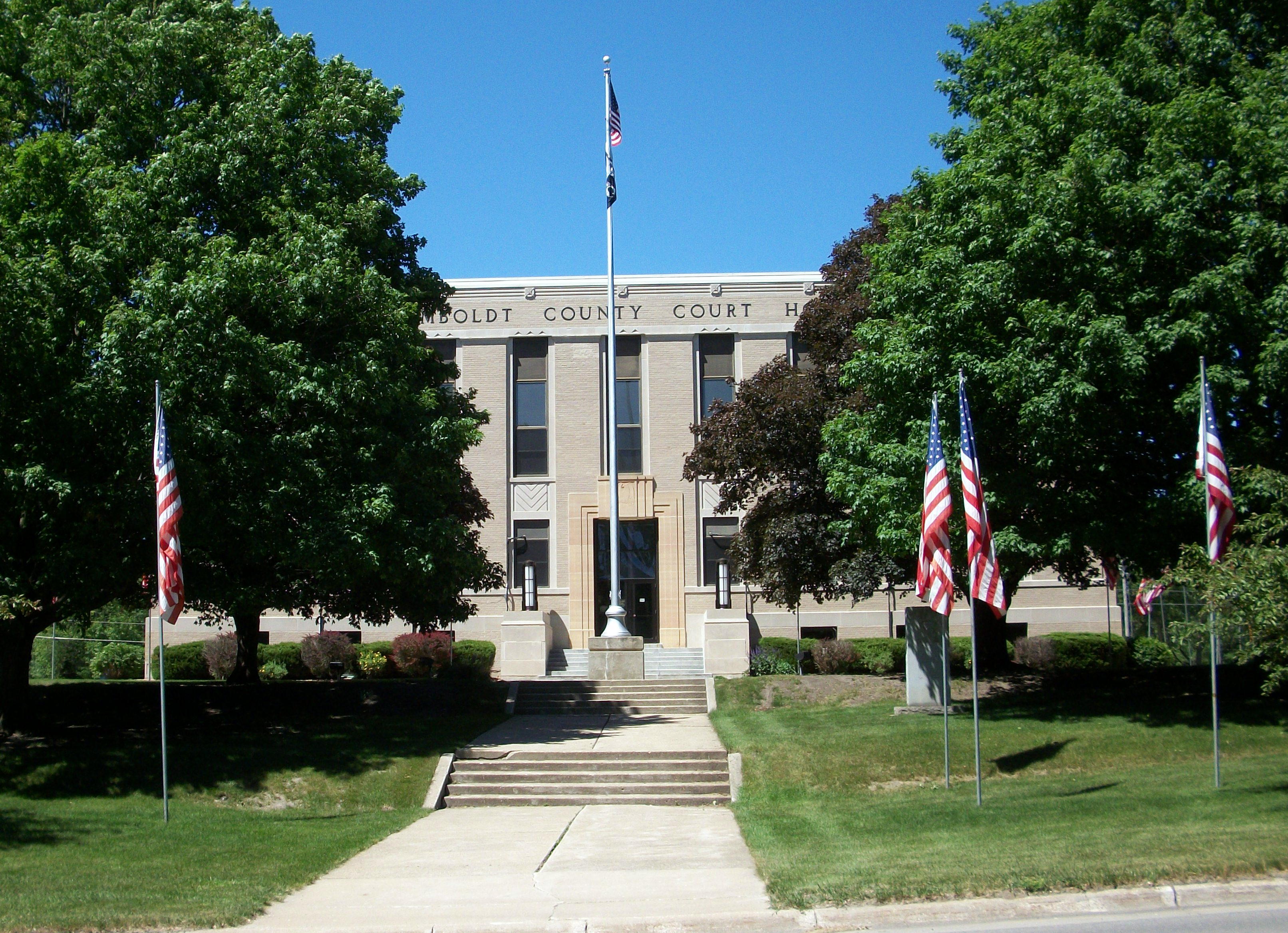Since the founding of our communities, organizations, businesses and citizens have stepped forward to build and serve their community. Click on any of the logos below to learn about those who made this website possible! If you would like to learn about becoming a sponsor CLICK HERE!

- County: Humboldt County, IA
- Region: Northern IA
- Sponsors
- About Rutland, IA
- Businesses
- Community Organizations
- Faith Organizations
- Festivals and Events
- Points of Interest
- Veterans
Learn how to Contribute to any of the above categories.
No news yet. Got some news? Hit that NEW POST button!
About Rutland, IA
Rutland is a city in Humboldt County, Iowa, United States. The population was 126 at the 2010 census.
Rutland, located in Humboldt County, Rutland Township, is on the West fork of the Des Moines River, between Humboldt and Bradgate. The river was probably the first reason for a settlement being started there. The old stage coach trail followed the river, and also there was a good place to ford the river. Limestone forms the river bed and for some distance, and a solid wall of the rock exposure 20 feet deep, made a perfect location for a bride. Hence, Rockland was the name of the settlement for some years, until later when the town was incorporated, and given the name Rutland because some of the early settlers came from Rutland, Vermont, and this region reminded them of their homeland.
And so the early settlers came; some walked, rode, or paddled up the river, but they came. “And they saw a beautiful valley spread before them to the West—they saw the river winding south, beautiful and shimmering in the later afternoon sunlight—a few great elms and cottonwood trees standing seminal along its banks; fringes of timber and little island lending their charm, and from them birds of many species giving their strange cries”—so described this scene by Mr. A. D. Bicknell when he arrived in 1862.
The first known settlers in the township were Jonathon Hutchinson and H. A. Kramer who came in 1856 settling on Section 23, and Washington and Albert Clark, Thomas Reed and Ambrose Booth made settlements in that year. Then Leander Chase took up a claim on Section 30 in 1856, J. Hutchinson was the first County Judge in the county. In May 1857 Patrick Sheridan took up 160 acres on Section 20. J. Calvin Beer came about that time from Ashland, Ohio, purchasing Section 28 as homesteads, built cabins there but never reside there. The next to settle was William Sheridan, brother of Patrick, and after living here 8 months he returned to New York City. Then came Samuel Van Emmon to Section 30, and George Cass of Illinois and Elihu Ransom of Pennsylvania. Elam Shattuck settled on Section 27 in 1860 came George Ellithorpe on Section 29.
By March of 1860 all of the settlers had left excepting N. S. Ames, and Patrick Sheridan. The panic of 1857 still lingered over the land and those who left either had their lands paid for, or they did not return to endure the hardships of the rugged pioneer life. Also those who had hired money at 40% to pay for their farms did not come back, as times were hard everywhere.
Walter Thomas came in April 1860, on Section 34, and it was in that month that the Government declared the odd numbered sections open to settlers. William Murray came out in August, 1860, lived a year with Patrick Sheridan, then gave up his claim and went and took up land in Avery Township where he lived until the war when he enlisted and served in Company C, of the 16th Iowa Infantry. His brother, Jacob Murray, came in December 1861, but finding his brother gone to war he lived with Patrick Sheridan the three years, helping him until April 1864, when he joined William on their claim in Avery Township. The Murray brothers, the three Sheridan brothers, Margaret Barton Sheridan, John Maloney, and Michael O’Bolye, all came over from Ireland and so early Rutland was truly an Irish settlement.
In this heart of the Des Moines River Valley, most of the early settlers were thrifty farmers, interested in taking up claims and homesteading. There was a mill at Dakota City, only 7 miles away. Farm land was excellent, some swampy and in need of drainage, but tillable and covered with tall prairie grass and trees. Clearing the land was their first task, and logs from the trees were used to construct their cabins. Mostly, the men of the came first to build the shelters before going back East for their families. In a talk made by the Rev. S. H. Taft he said, “When I came to Iowa in 1862, I found Patrick Sheridan, the only resident of Rutland, and he had lived here 5 years. The wild unbroken prairie extended on every side of his dwelling with nothing to break the monotony of the scene except one deserted log house, not far off from the old dragoon trail, which passed near his farm, and over which the general government marched its soldiers and sent its supplies into the far Northwest.” He went on to say, “The large game—elk and buffalo shared with the Indian, gone farther West, but the muskrat, mink, fox, and wolves were numerous and the fur from these animals, which bore a high price during the war, helped keep hunger from many a pioneer’s humble home during those early days. Wild geese, ducks and cranes were to be seen in countless numbers. But it all this solitude I found Mr. Sheridan full of hope and cheer, and I soon found that he was soon to go back to Cascade, Iowa, to get his intended wife. Theirs was the second marriage, June 2, 1863, In Rutland. He was a man of sterling integrity, with strong moral and religious convictions to which he ever sought to be true.”
It took several years to get the town organized, but in 1867 it was released from Dakota Township and was composed of what now constitutes this and Avery Township. The first election was held at the general election in the fall of that year, when but 39 votes were polled. The following were elected H. G. Bicknell Supervisor; Patrick Sheridan, David Thomas and T. Rogers, Trustees; W. O. Atkinson, town clerk; Charles Simmons, assessor; W. H. Lock and Moses Adams, Justices, and Charles Sherman, constable.
In the fall of 1869 the town was laid out by H. G. Bicknell, the plat being files for record on December 4th of that year. Mr. Bicknell came to Humboldt County in 1862, from Beaver Dam, Wisconsin, and took up a claim of land, 320 acres, on Section 29. he went from here to Webster City where he ran a hotel, but in 1867 he came back and settled on the village plat. At one time he was a the owner of 1,600 acres of land in this and Avery Township. The first store building in Rutland was a small building 12 x 32 feet in size and was moved from Bicknell’s farm.
At the time the History of Humboldt and Kossuth Counties,” was written in 1884 the officers of Rutland Township were; A. O. Skenner, Eli Tellier and J. C. Willey, Trustees; Patrick Sheridan, Clerk; W. H. Sherman, Assessor; W. H. Locke and Eugene Tellier, Justices; Charles Sherman, and Andrew Pavey, Constable; F. Jacobs, George Bair, George DeGroote, William McCollum and H. S. McCollum, and H. S. Marquis, road supervisors.
There are two cemeteries in the township, Union and Rutland. Union was laid out in October, 1862 and at that time about 2 acres of ground. In 1882 the cemetery was enlarged to 14 acres. The Rutland Cemetery was laid out by T. Ellwood Collins. There is additional information about the Rutland Cemetery.
By 1905 the town of Rutland was a growing and thriving community, and in a special Newssheet called the Rutland Republic, much history is recorded.
Humboldt County, IA
Visit our county page and you will find information about our town and county's points of interest, festivals/events and faith community. You also will learn about the community organizations that have built and continue to build strong communities (chambers, community groups, and departments, etc) and much more when you visit the Humboldt County, IA page.
Veterans of Humboldt County, IA
Veterans come from many walks of life and whether a veteran has severed two decades ago or two days ago, they have made our freedoms possible. Below you will find stories about many who have served. If you would like to nominate a veteran to be included on your town and county page CLICK HERE!





